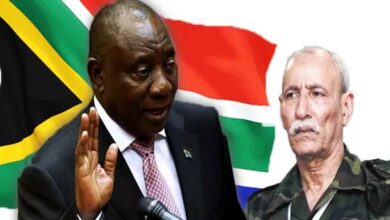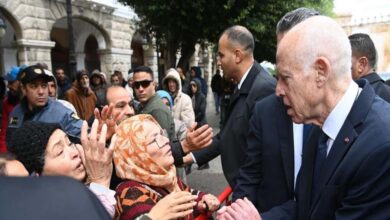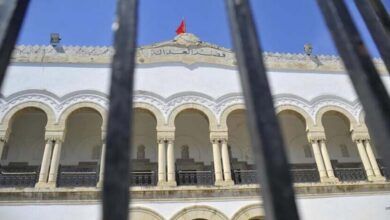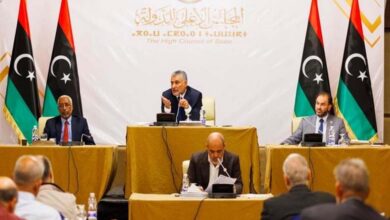Warnings of renewed conflict in Libya amid security fragility and sudden violence
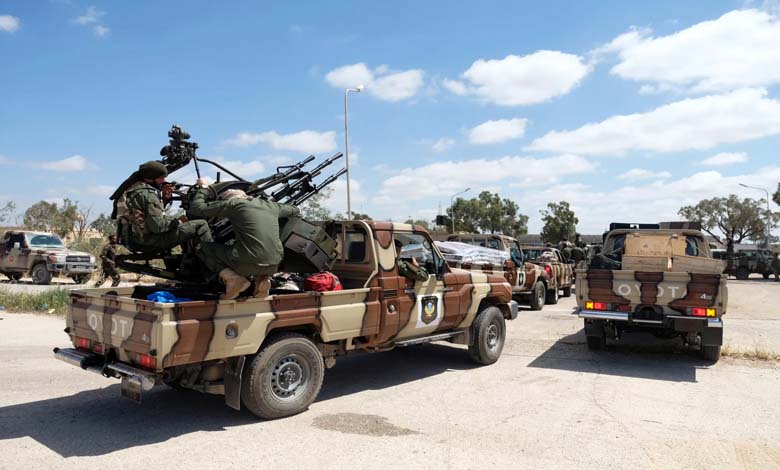
The North Africa Journal has warned of the risk of renewed clashes among Libya’s rival factions, stressing that the conflict remains unresolved despite the absence of any signs of an imminent escalation.
In an article published on Friday, the journal emphasized the urgent need for structural reforms, particularly in financial governance and the security sector, describing them as two essential steps toward holding free and credible elections in the country.
-
Where is Western Libya Heading? Open Scenarios for the Future of the Conflict
-
Weapon Chaos in Libya: Zawiya under the Grip of the Al-Farr and Al-Qasab Conflict
These warnings highlight that Libya remains on the brink, as ongoing political and security divisions threaten to undermine the limited progress achieved since the 2020 ceasefire agreement.
According to the publication, the security environment in Libya “remains fragile and volatile, marked by sudden violence and chronic mistrust.” The path to stability, it said, depends primarily on sustained diplomatic pressure from international mediators, the gradual and systematic rebuilding of national institutions, and the establishment of robust accountability measures to combat impunity.
-
How did the Bashagha and Dbeibeh war cause Libya to enter the ‘public money’ conflict? Details
-
Letters of Mohamed al-Menfi before the United Nations: Building Libya, External Intervention, Rejection of Conflict
The article cautioned that failure to follow this structural path could escalate local skirmishes into broader confrontations, trapping Libya in a cycle of instability and eroding public confidence in any national reconciliation process.
The risk of widespread conflict remains high as October unfolds, while international mediators continue to urge all parties to uphold the 2020 ceasefire, cease unilateral military actions, and focus on rebuilding unified national security institutions.
These international appeals reflect Libya’s deep-rooted division, as power remains split between the outgoing Government of National Unity in Tripoli and the Government of National Stability in the east. Despite years of negotiations and international efforts, neither side has managed to break the political deadlock over national elections or unify the country’s key institutions.
The North Africa Journal recalled the violent clashes that erupted in the coastal city of Zawiya on August 27, when rival armed groups exchanged heavy gunfire in residential areas, leaving casualties and severe damage to infrastructure and private property.
-
Renewed Armed Chaos in Libya’s Zawiya: Oil Refinery Caught in the Crossfire
-
Sabratah in Flames: Western Libya a Prize for Militias as the Non-State Prevails
These events, the journal noted, demonstrate that “militias continue to operate with significant autonomy, control local areas, and respond to disputes through force rather than dialogue.”
This situation reflects the enduring weakness of central authority and the fragility of the ceasefire, which frequently collapses into new cycles of local violence, severely hindering state-building efforts.
Daily life in Tripoli remains shaped by power struggles and turf wars, despite persistent international calls for de-escalation. Recurrent gunfire, kidnappings, and road blockades have forced residents to alter their routines, leading some families to flee and schools to close in high-risk zones.
-
UN Proposal to Hold Elections in Libya Within 18 Months
-
After Years of War… Libya Hosts the African Intelligence Summit
This fragmented security landscape continues to impose a heavy toll on innocent civilians, deepening their humanitarian and socioeconomic hardships.
International concern grew in September as conflict experts meeting in Berlin urged immediate reforms and a comprehensive political settlement, warning that instability could worsen. Their conclusions echoed later that month during a UN Security Council briefing, which highlighted Libya’s persistent vulnerabilities—from deep political polarization and rampant militia violence to ongoing uncertainty surrounding national election preparations.
-
The Muslim Brotherhood in Libya: From Internal Division to Electoral Defeat
-
Less than half… Attacks deprive the majority of Libyan towns of voting
The analysis underscores that Libya’s path to stability remains obstructed unless a robust international strategy is adopted to enforce accountability and support essential financial and security reforms.
The most pressing challenge remains the integration of rival militias under a unified command and civilian oversight—an essential condition for achieving the peaceful and democratic transition the Libyan people aspire to.


